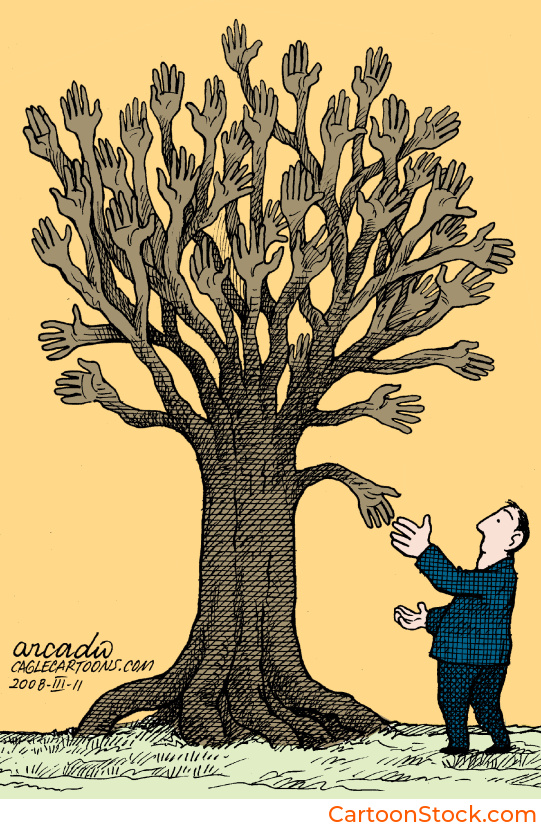How Cultural Differences Affect Cartoon Humor
Ever wondered why a cartoon that has you laughing out loud might get blank stares from friends in other countries? You’re not alone. While cartoons use pictures that anyone can understand, the humor behind them tells a much more complex story.
Humor might be one of the trickiest things to translate across cultures. We all laugh, but what makes us laugh depends heavily on where we grew up, what we’ve experienced, and the unspoken rules of our society. This becomes especially tricky in cartoons, where artists have to pack all their comedic punch into a single image.
So how do cultural differences affect cartoon humor, and what kinds of jokes actually work everywhere? Let’s dive in.
Part of our The Psychology of Humor in Cartoons comprehensive guide
The Humor That Works Everywhere
Before we get into the complicated stuff, here’s some good news: plenty of cartoon humor translates beautifully across cultures. Some of the most beloved single-panel cartoons work precisely because they tap into experiences we all share.
Think about it. We’ve all felt awkward in job interviews, frustrated with technology, or surprised by unexpected situations. When cartoons capture these universal moments, they connect with people regardless of where they’re from.
The magic happens when cartoons rely on what we can see rather than what we need to explain. Visual humor techniques like facial expressions, body language, and absurd situations speak louder than words. A cartoon showing someone’s horrified expression as they realize they’ve been talking on mute during a video call needs no translation.
Cartoons that use minimal or no text tend to travel the best. They sidestep language barriers entirely and instead rely on timing, visual storytelling, and context that feels familiar to human nature itself.
Where Things Get Lost in Translation
Now here’s where cultural differences affect cartoon humor in more challenging ways. What seems hilarious in one place can completely miss the mark somewhere else.
Language Creates Barriers
Many cartoons depend on wordplay, puns, or familiar sayings. Try explaining why “letting the cat out of the bag” is funny to someone who’s never heard that phrase before. The visual might show a literal cat in a bag, but without the cultural context, the joke falls flat.
Even subtle differences in how people communicate can change everything. British understatement hits differently than American directness, and what sounds witty in one place might sound confusing in another.
Sarcasm Doesn’t Always Translate
Sarcasm and irony present another challenge. Some cultures embrace dry, deadpan humor as the height of comedy. Others interpret the same delivery as serious or even rude. A sarcastic cartoon caption that kills in one country might create awkward confusion in another.
Different Boundaries, Different Laughs
Perhaps most importantly, cultures have different ideas about what’s okay to joke about. A cartoon poking fun at authority figures might be seen as clever social commentary in one place and disrespectful troublemaking in another. Topics like religion, politics, and social norms hit very different nerves depending on cultural context.
Smart Approaches to Cross-Cultural Cartooning
Professional cartoonists have learned to navigate these challenges without dumbing down their humor. Instead, they make it more accessible.
Many successful international cartoonists adapt content by rewriting captions while keeping the visual elements intact. They might swap out culture-specific idioms for locally familiar phrases, or rely more heavily on visual storytelling.
The goal isn’t to create bland, universal humor that offends no one. It’s about making sure the intended laugh doesn’t get lost behind cultural barriers that audiences can’t cross.
Cartoon localization techniques have become increasingly sophisticated, allowing artists to maintain their comedic voice while making their work accessible to different audiences.
CartoonStock translate cartoons into multiple languages to make the visuals work across the globe.
Why This Matters for Cartoon Communication
Understanding how cultural differences affect cartoon humor becomes crucial as cartoons play bigger roles in international business, education, and media. Companies use business cartoon illustrations to break language barriers and make complex topics more approachable.
Even when humor doesn’t translate perfectly, the attempt to share a laugh creates connection. Cartoons invite people to engage with ideas in a non-threatening way, opening doors for discussions that might otherwise feel too serious or confrontational.
The visual nature of editorial cartoons makes them powerful tools for cross-cultural communication, even when the specific jokes need some cultural adjustment.
The Bottom Line
Cultural differences definitely affect cartoon humor, but they don’t have to kill it. The best cartoons find ways to speak to shared human experiences while respecting the unique perspectives that different cultures bring to the table.
Whether you’re creating cartoons for global audiences or just trying to understand why that foreign comic strip doesn’t make sense, remember that humor is both universal and deeply personal. The art lies in finding the sweet spot where both can coexist.
After all, making people laugh across cultural boundaries isn’t just good comedy. It’s a small but meaningful way to bring the world a little closer together.
Q&A: Cultural Differences in Cartoon Humor
Q: Are some types of cartoon humor universal?
A: Yes—visual incongruity, facial expressions, and absurd situations often translate well across cultures.
Q: Why do some cartoons not work internationally?
A: Wordplay, sarcasm, and taboo topics can vary in meaning and acceptability between cultures, affecting how humor is received.
Q: Can cartoons help bridge cultural gaps?
A: Absolutely. When used thoughtfully, cartoons can transcend language and invite shared laughter, even across very different cultural contexts.
Keep Reading
You might also enjoy:


